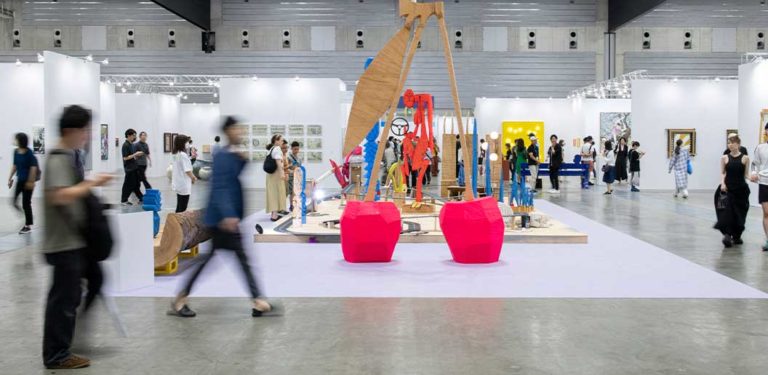From July 5-7, 2024 the international art world will once again converge on PACIFICO Yokohama for the second edition of Tokyo Gendai, following its successful inaugural event last year. This fair is quickly becoming a key event on the global art calendar. This year, it promises an even richer and more varied experience, hosting 73 notable galleries from 20 countries, including three from Bangkok.
A Global Stage in Yokohama
The fair’s return to Yokohama underscores its commitment to transforming the city into a central hub for contemporary art, rivalling traditional epicenters like New York, Paris, and Hong Kong. The choice of venue, PACIFICO Yokohama, nestled in the Minato Mirai district, is a cultural landmark itself, offering sprawling spaces that perfectly complement the vast array of artworks and installations showcased.
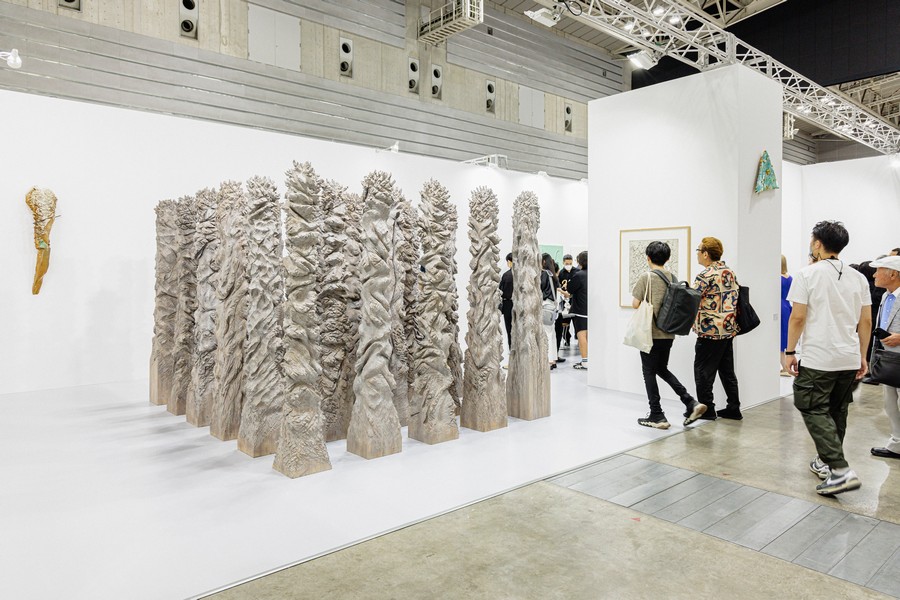
The Fair’s Composition: A Trifecta of Artistic Expression
Tokyo Gendai’s unique structure is divided into three main sectors: Galleries, Hana ‘Flower,’ and Eda ‘Branch.’ Each sector is curated to provide distinct perspectives on the contemporary art scene, from groundbreaking emerging artists to revered masters.

1. Galleries Sector
This sector serves as the backbone of Tokyo Gendai, featuring leading international galleries such as New York and London’s Pace, Paris’s Almine Rech, and Seoul’s BLUM. These institutions bring with them a history of influential art movements and iconic artists. For instance, Pace Gallery will present a solo exhibition dedicated to Robert Longo, an artist renowned for his strikingly detailed large-scale drawings. This sector not only highlights established artists but also underscores significant expansions within the art community, as evidenced by Ceysson & Bénétière’s announcement of opening their first Asian location in Tokyo.
2. Hana ‘Flower’ Sector
The Hana ‘Flower’ sector is a vibrant showcase of solo or dual presentations, focusing on artists at early or mid-stages of their careers. It’s a testament to Tokyo Gendai’s commitment to nurturing new talent and providing them a prestigious platform. British artist Sophie Barber, presented by Alison Jacques Gallery, exemplifies this with her new works that resonate with symbolic Japanese aesthetics while engaging in a broader dialogue with Western art traditions. Another notable exhibit includes works by Trevor Shimizu, presented by Misako & Rosen alongside The Green Gallery, which explores themes of self-representation and identity through introspective painting.
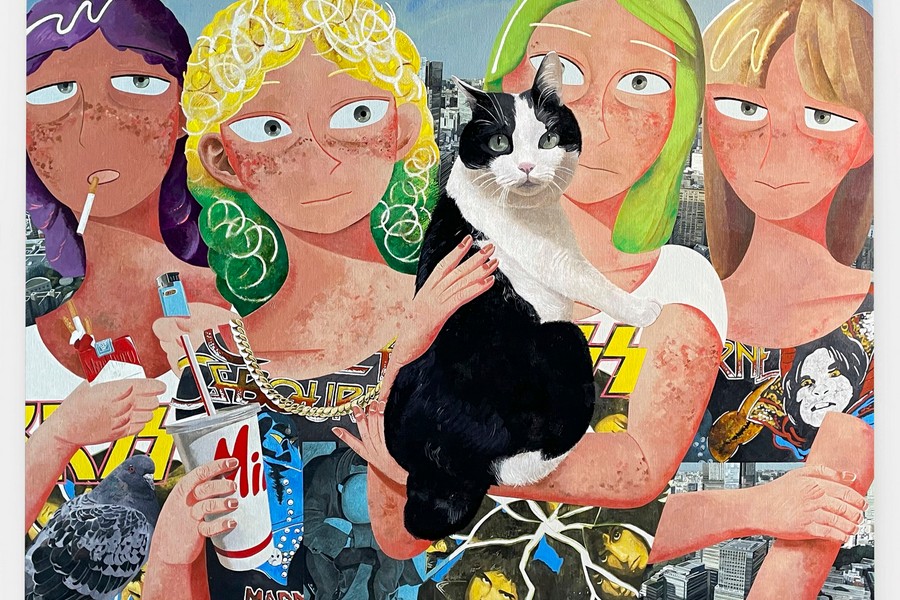
3. Eda ‘Branch’ Sector
Eda ‘Branch’ is dedicated to solo or multiple artist presentations from established or historically significant figures primarily from Asia. This sector offers a retrospective yet fresh perspective through artworks that have shaped or are shaping the contours of contemporary art. For example, PYO Gallery will showcase the ethereal water droplet paintings of the late Kim Tschang-yeul, which convey a deep spiritual longing and connection to his South Korean heritage.
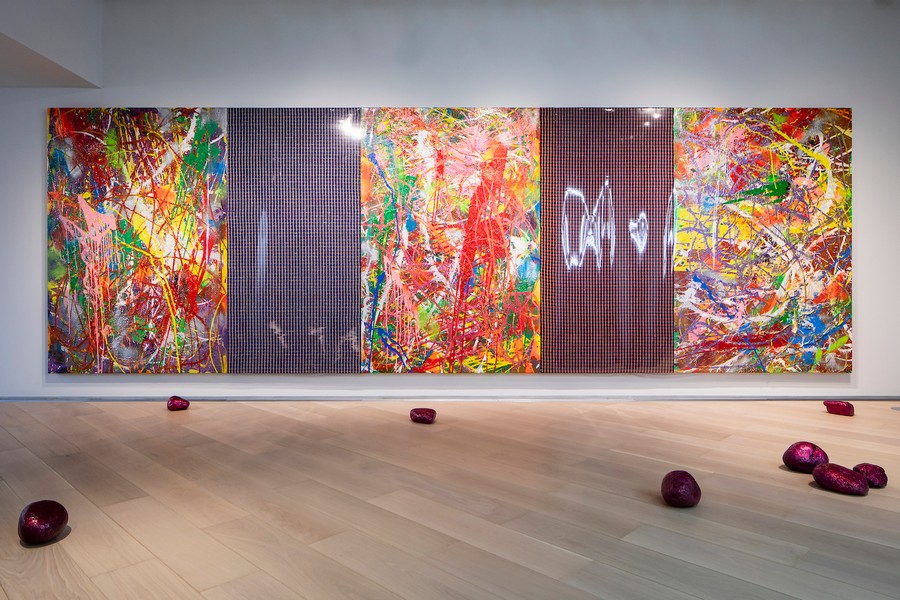
Curated Programmes and Cultural Dialogues
Beyond the gallery presentations, Tokyo Gendai enriches its visitors’ experience with four curated programmes designed to foster deeper cultural exchanges and dialogues about contemporary art. These include:
Art Talk: A series of discussions and talks featuring prominent figures from the art world who explore current trends and future directions.
Tsubomi ‘Flower Bud: An exhibition focusing on emerging social issues through the lens of contemporary art.
Sato ‘Meadow: Featuring large-scale installations and artworks that challenge conventional viewing experiences and offer new thematic explorations.
Ne ‘Root: This showcases leading local foundations and their contributions to nurturing the Japanese art scene.

A Nexus for Cultural and Economic Growth
The fair’s role as a catalyst for cultural and economic exchange is significantly supported by its principal partner, SMBC Group. This partnership highlights the commitment to integrating the art world with broader economic and cultural growth initiatives, aiming to foster a richer, more interconnected global community.
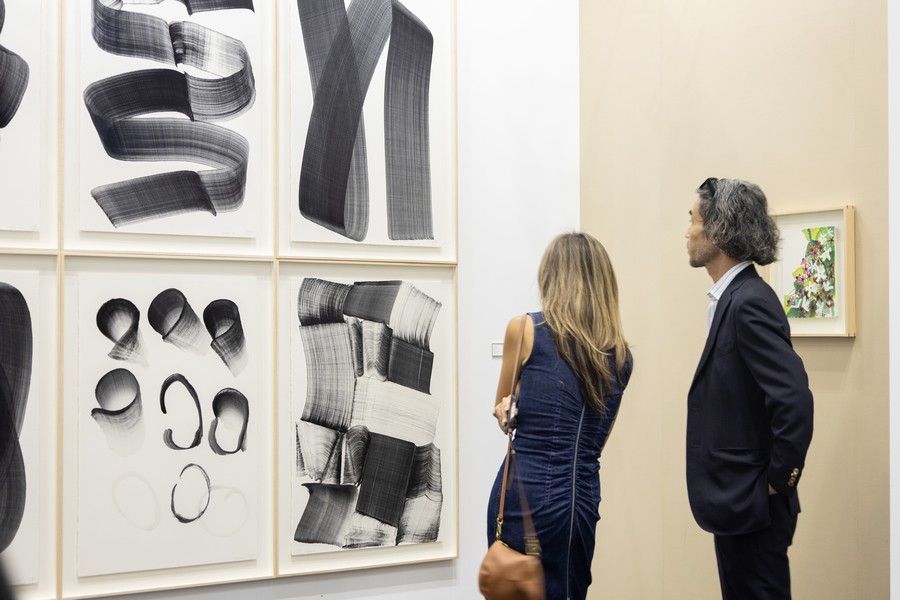
As the art world eagerly anticipates the return of Tokyo Gendai in July 2024, three standout galleries from Bangkok are poised to showcase the vibrant creativity and unique perspectives of Thai contemporary art on this international platform. Each gallery not only represents the best of local art but also illustrates Thailand’s expanding influence in the global art scene.
Tang Contemporary Art, with its strategic locations in Beijing, Hong Kong, Seoul, and nestled in Bangkok’s River City Complex, stands as a beacon of artistic exchange between China, Southeast Asia, and the international art community. The gallery represents over 80 artists, offering a window into the rich tapestry of Asian artistic narratives. At Tokyo Gendai, Tang’s presence highlights its commitment to promoting dialogues that transcend geographical and cultural boundaries, bringing a sophisticated blend of traditional influences and contemporary techniques to the forefront.

Originally founded in Hong Kong in 2015 and expanded to Los Angeles and Bangkok, Over the Influence has made significant strides in bridging local culture with international art practices. Situated in Talat Noi, a neighborhood steeped in history within Bangkok’s Samphanthawong district, the gallery is deeply embedded in the area’s rich cultural tapestry. Over the Influence focuses on enhancing the visibility of Thai art and culture through its diverse roster of artists who work across various mediums. Their participation in Tokyo Gendai is a testament to their role as cultural ambassadors, fostering a deeper appreciation for Thailand’s artistic heritage and its modern expressions on a global stage.
SAC Gallery, founded in 2012 by Subhashok Angsuvarnsiri, has quickly become a cornerstone of Bangkok’s art scene with its expansive art space spread over four floors in the city’s heart. SAC Gallery is dedicated to nurturing Thai and Southeast Asian artists, propelling them onto the international arena through innovative programming and consistent presence at major art fairs. Their involvement in Tokyo Gendai underscores their mission to elevate Thai art, offering audiences from around the world a chance to engage with Southeast Asia’s dynamic art scene through both in-person and digital experiences.
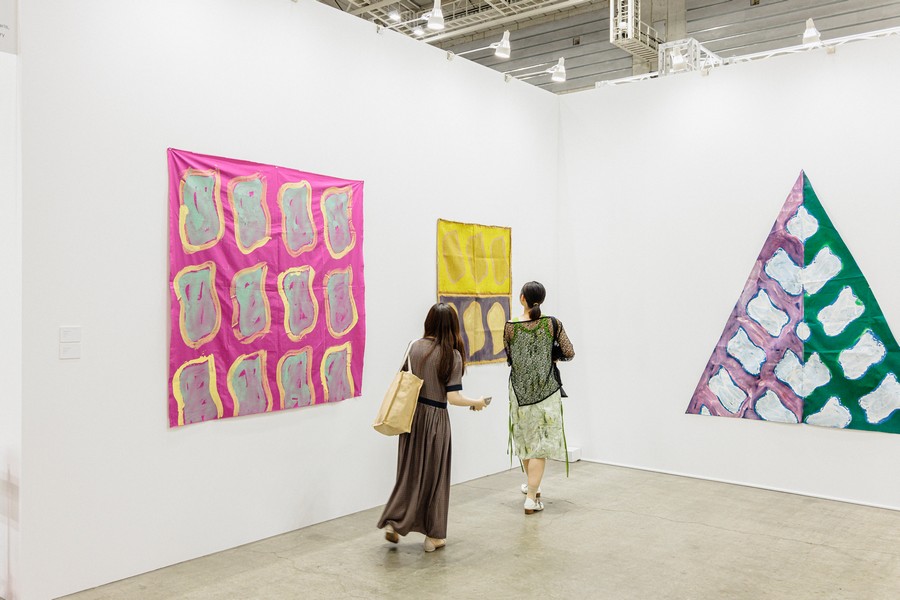
These galleries contribute significantly to the narrative of Thai contemporary art, portraying the country not just as a keeper of rich traditions but also as a creator of cutting-edge cultural exports.
As preparations for the second edition of Tokyo Gendai progress, the art world watches with keen interest. This event is not merely an exhibition but a vibrant celebration of contemporary art’s dynamic evolution and its power to bridge diverse cultures. For collectors, artists, and enthusiasts, Tokyo Gendai 2024 promises a compelling journey through the art of today and tomorrow.
For further information visit tokyogendai.com.


